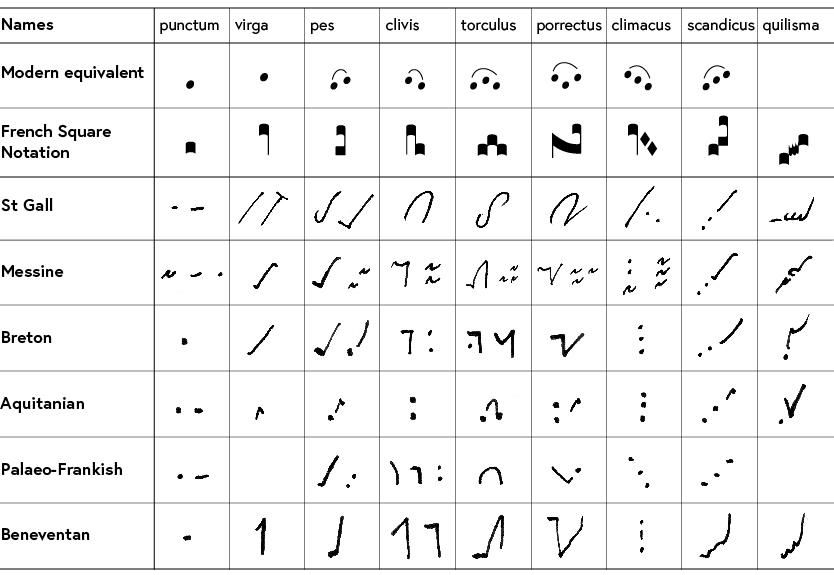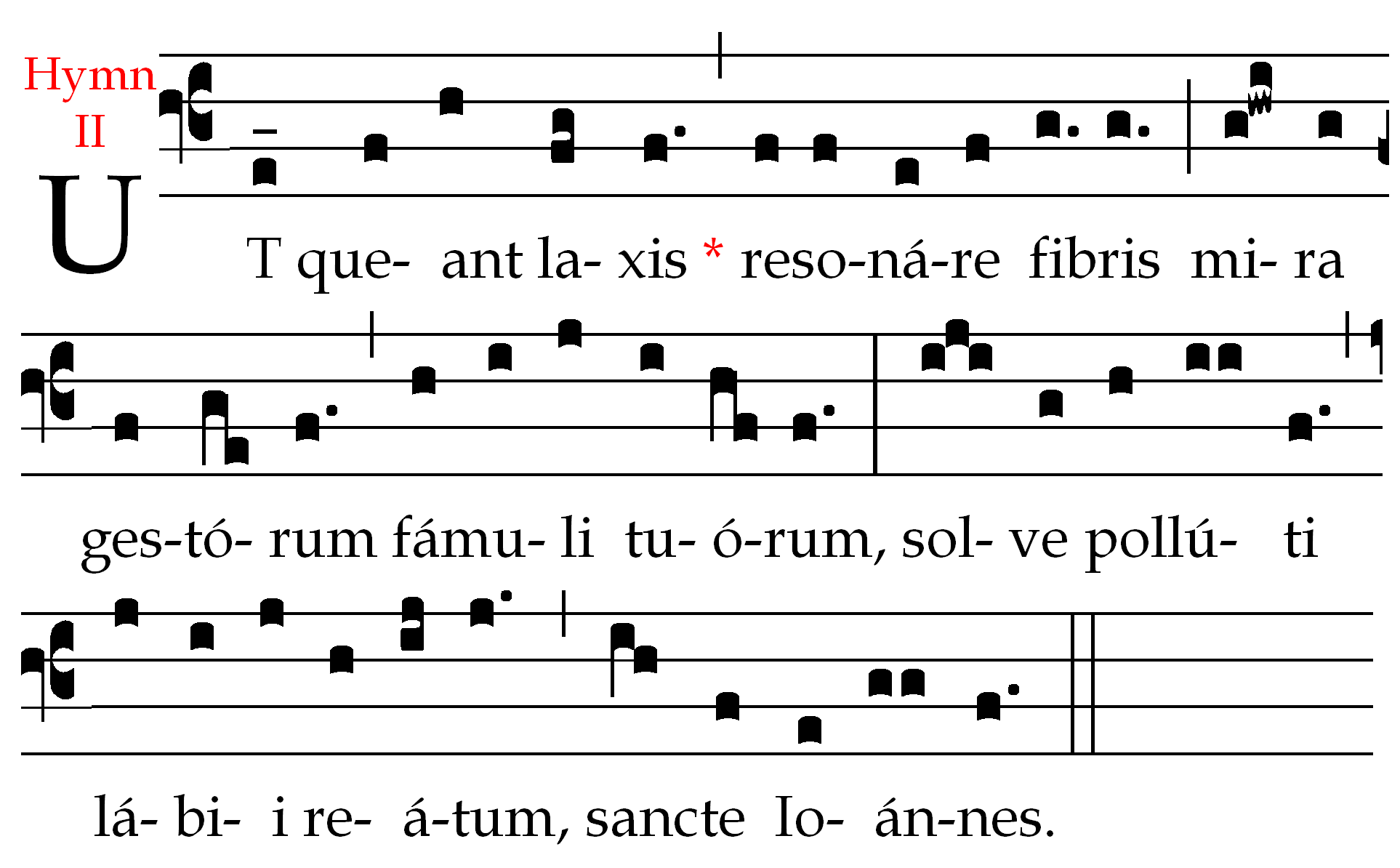 These Greek goddesses, representing different elements of science and the arts, form the basis for the term "music."
These Greek goddesses, representing different elements of science and the arts, form the basis for the term "music."
What are the muses?
This famous chant still finds its way into movie scores and popular music today, especially in morbid contexts.
Early techniques for notating Gregorian chant used this form of notation, which is the precursor to the usual notes and stems that we see today.

What is neumatic notation?
This practice of modifying existing chant in the 10th and 11th centuries was eventually banned by the Council of Trent in the 16th century.
What is troping/chant troping?
These books of music were often smaller, commissioned by wealthy patrons to house collections of songs.
What is a chansonnier?
The Cathedral of Notre Dame was located in this city, which became an intellectual capital of Europe in the 12th-13th centuries
What is Paris?
What is the lyre?
In the 4th century, this act became a central aspect of Christian worship
What is singing?
This 9th century Latin music treatise describes the eight church modes shown here:
What is Musica enchiriadis?
Popular in the 9th-13th centuries, sequences sung after the Alleluia in mass were usually set syllabically (with one note for each syllable), unlike this other style of text setting in which one syllable might stretch over several pitches or notes.
what is melismatic?
These German poet-singers often wrote songs about the crusades.
What are minnesingers?
Notre Dame is a famous example of this architectural style, characterized by delicate, airy structures and pointed arches.
What is Gothic architecture?
This Greek philosopher's experiments with four hammers of various weights established an important relationship between music and mathematics.
Who is Pythagoras?
This pope and later saint was said to have originated chant, though this myth is impossible given that he lived three centuries prior to the rise of chant in the 9th century.
Who is Pope/Saint Gregory the Great?
The chant shown below was used as the basis for this musical mnemonic device developed in the 11th century to help singers remember the relative distance between pitches.
what is solmization/solfège/solfeggio?
Liturgical dramas were often performed for these two major Christian holidays
What are Easter and Christmas?
These bad boy poet-singers usually sang songs with religious or moral themes, but also dabbled in songs about personal matters, debates, love, gambling, and other Vegas-esque activities.
What are (the) Goliards?
This term is used to refer to the voice that sings the original chant that a piece of organum is built on.
Both in Ancient Greece and today, many have suspected that this concept, referring to a person's character or guiding beliefs, might be affected by listening to certain types of music.
What is ethos?
This philosopher, writing in the early 6th century, believed that music existed in several forms, including: musica mundana, referring to the cosmic harmony of the planets; musica humana, referring to the union of body and soul; and musica instrumentis, referring to vocal or sounded music.
Who is Boethius?
This 1896 publication includes thousands of chants from the 11th century, and is still used in churches today to plan which chants will be sung when.
What is the Liber usualis?
This subgenre of chant trope refers to the addition of new words to the melismas of offertories, alleluias, and other pre-existing chants of the Roman rite. (i.e. new text for existing music)
What is prosula?
Rather than travelling via Internet, popular melodies were distributed across Europe using this method.
What is oral transmission?
This book's title translates to "Big Book of Organum," and refers to a book of organum from 12th century Notre Dame written by historical creatives now referred to as Leonin and Perotin.
What is the magnus liber organi?
This Greek philosopher looked down upon music as a form of diversion, suspecting that the musical culture of old was being corrupted.
Who is Plato?
These five forms of chant, including Ambrosian, Beneventan, Mozarabic, Old Roman/Byzantine, and Gallican, varied depending on the location of the church.
What are chant dialects?
These neumes from the 9th and 10th centuries gave performers an idea of the relative distance between pitches in a melody by moving the neumes up and down to indicate melodic direction
Chant tropes were often written to honor these sorts of occasions in the Church.
What are Saint Days/observances of particular saints?
This subgenre of troubadour song often focuses on some fine point of love or feudal service.
What is a tenso or joc-partit?
The name of this genre of sacred song refers to the addition of new words set "on top of" existing chants. 
What is a motet?